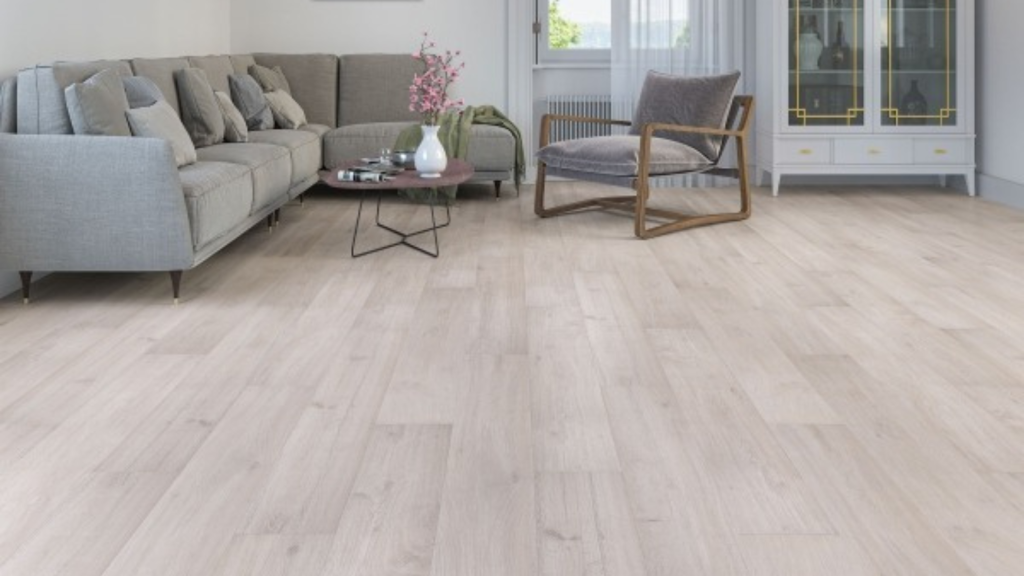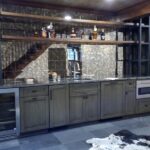Engineered Oak Flooring Combines Beauty Durability and Versatility for Any Home
Engineered oak flooring is a favored choice among homeowners seeking the beauty of natural oak with the added benefits of strength and durability. This flooring consists of a top layer of real oak bonded to a plywood or hardwood core, offering the appearance of solid wood while providing enhanced stability. Engineered oak is specifically designed to withstand moisture and temperature fluctuations, making it suitable for diverse environments like kitchens, basements, and living areas. With its timeless appeal and availability in various finishes, engineered oak flooring is a versatile and practical option that complements both modern and traditional interiors.
Let us delve into five key aspects you should know about engineered oak flooring.
Durability and stability
Engineered oak flooring is designed to withstand changes in humidity and temperature, making it more stable than solid wood. The layered construction helps prevent the wood from expanding or contracting, making it suitable for areas with fluctuating moisture levels, such as kitchens or basements. This stability ensures the floor remains beautiful and functional for years.
Real wood appearance
Although it is engineered, this type of flooring maintains the authentic look of natural oak. The top layer is made from real oak, providing the same warmth and character as solid wood flooring. The wide range of finishes and stains available allows you to achieve the perfect look for your space, whether you prefer a rustic or contemporary aesthetic.
Easy installation
Engineered oak flooring is easier to install than solid wood, as it can be installed using various methods, including floating, gluing, or nailing down. Its design makes it more forgiving during installation, which can help save time and costs. It is also compatible with underfloor heating systems, providing added comfort in colder months.
Eco-friendly option
Engineered oak flooring is a more sustainable choice compared to solid wood. Since it uses less oak per plank, it helps conserve natural resources. The plywood or hardwood core is often made from fast-growing species, making it an eco-conscious option for environmentally-aware homeowners.
Low maintenance
Engineered oak flooring requires minimal maintenance to keep it looking its best. Regular sweeping and occasional mopping are usually enough to maintain its appearance. Unlike solid wood, engineered oak is less prone to warping or damage from moisture, making it a more practical choice for busy households.
To conclude
Engineered oak flooring offers the perfect blend of style, durability, and sustainability, making it a smart investment for any home.















